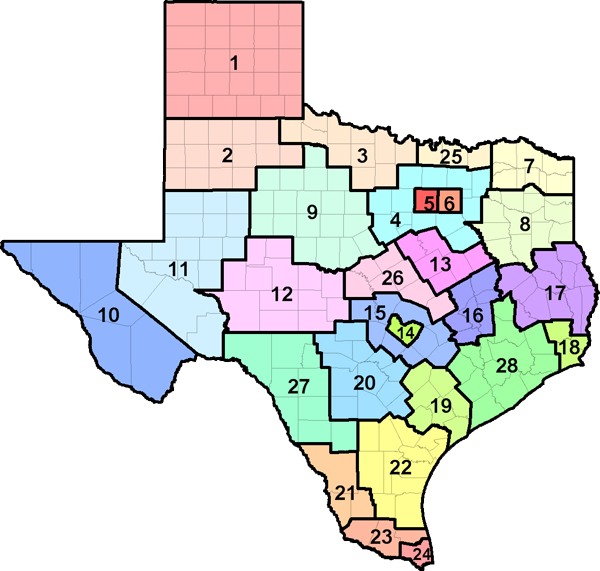The U.S. Department of Labor has developed an automated occupational information database, O*NET, that identifies and describes work content, work skills, and training requirements for all jobs across the country in all sectors of the economy. Much of the occupational information contained in this report is derived directly from the O*NET database, and supplemented with information from the Bureau of Labor Statistics, Census Bureau, and Labor Market and Career Information.

| Industry | % of Security Managers employed | Annual Growth Rate |
|---|---|---|
| Colleges, universities, and professional schools | 6.3 | 0.37 |
| Elementary and secondary schools | 5.4 | 0.14 |
| General medical and surgical hospitals | 4.1 | 0.19 |
| Traveler accommodation | 3.8 | 0.61 |
| Services to buildings and dwellings | 2.8 | 0.27 |
| Other amusement and recreation industries | 2.8 | 0.54 |
| 2024 Statewide average hourly wage | $54.60 |
| 2024 National average hourly wage | $55.06 |
| 2022 National employment | 127,000 |
| 2022 Texas employment | 8,686 |
| Texas projected employment by 2032 | 10,143 |
| Texas projected annual employment and Turnover openings through 2032 | 852 |

| Region | Employment | Projected Employment 2032 | Projected Annual Openings 2032 |
Annual Growth Rate |
Average Income |
|---|---|---|---|---|---|
| Texas (all regions) | 8,686 | 10,143 | 852 | 1.56% | $113,562.00 |